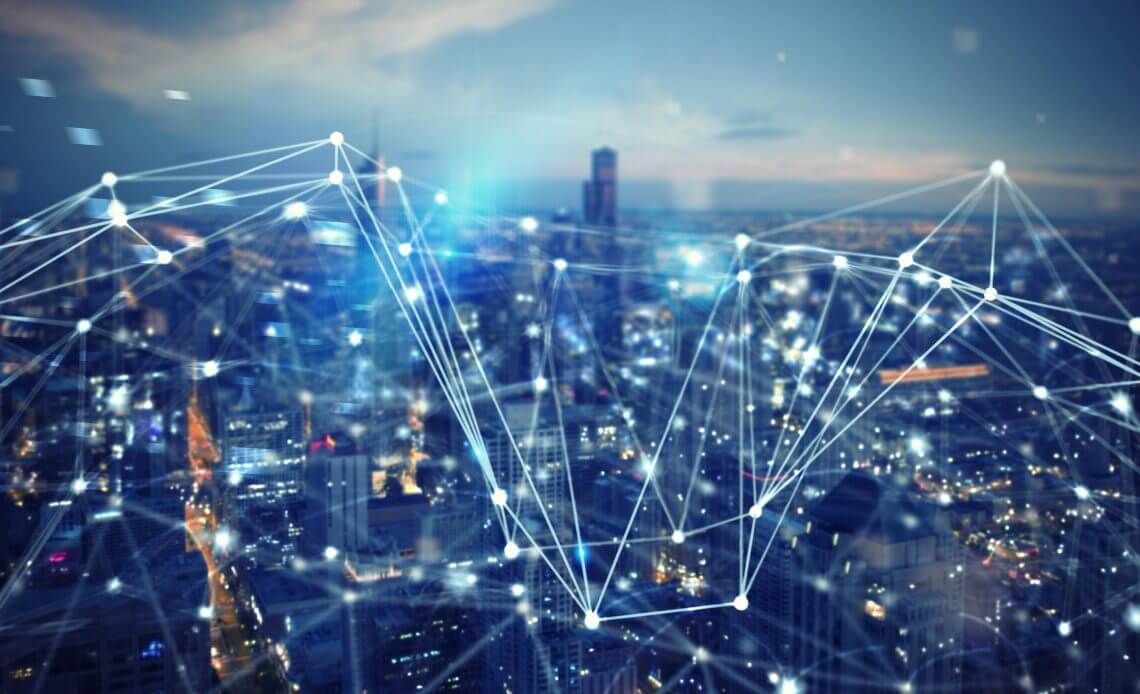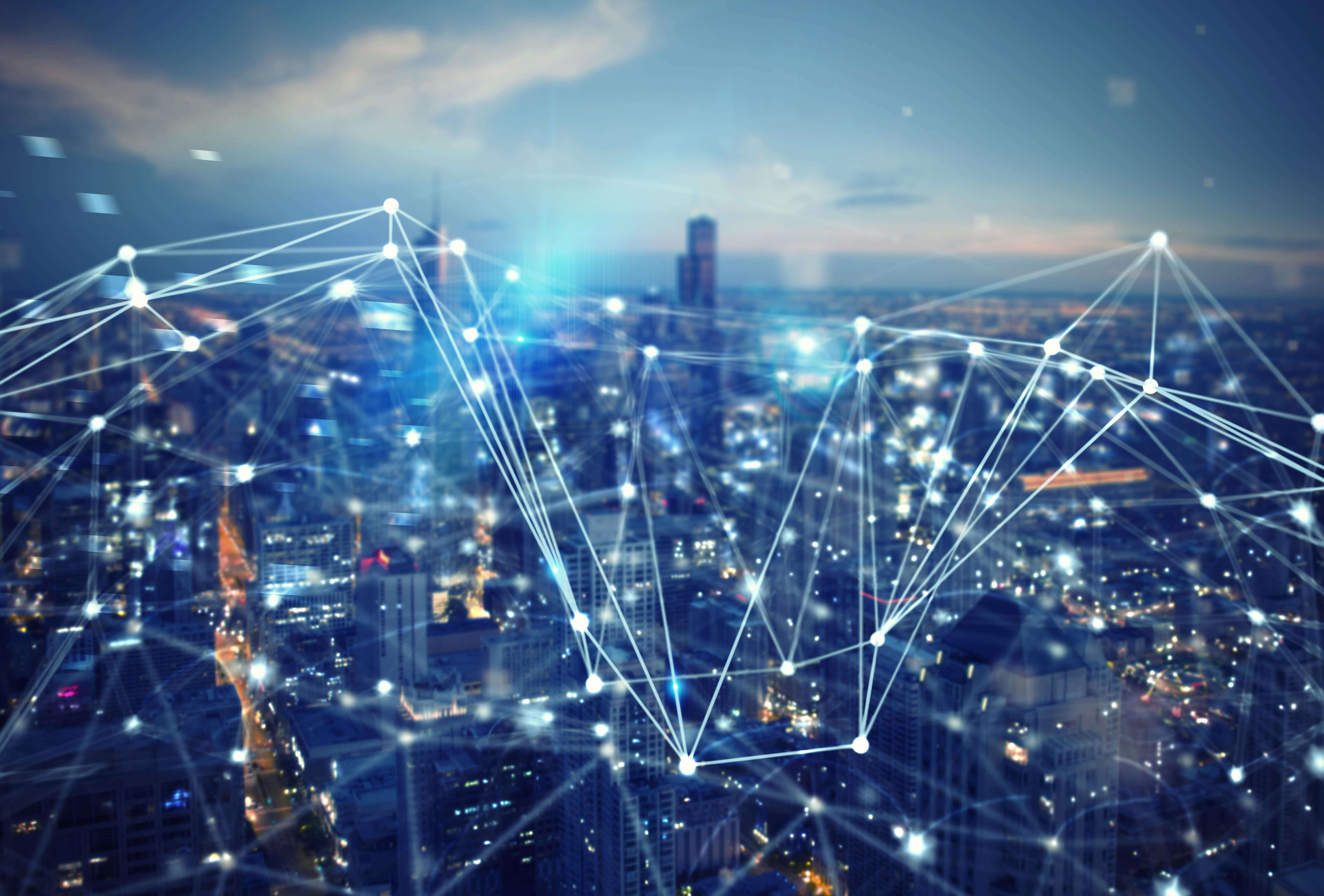
Computer Vision is described as the capacity of machines to receive data, analyze and make decisions on its own. This includes videos and photos, mostly from infrared or thermal detectors, sensors or other origins.
For example, when a human eye sees an image of a model in a dress, it identifies automatically the body part it’s looking at and the angle of the view. The human eye is able to judge the texture, color, even the lighting that’s falling on it. A computer, on the other hand, might not be able to identify so accurately or specifically. Computer Vision changes that entirely. It is good at specific and defined tasks as well as detecting microscopic faults. The technology today is highly popular in manufacturing companies and drones.
This kind of technology has the ability to entirely change how things work. There might be robot assistants in the store in the future to help people as humans do. They might pose a good conversation, of course specifically designed to do such things. We might not have been there just yet but a lot of work is going on Computer Vision.
Computer Vision is more than just identifying things; it extends to lip reading algorithm, optical character recognition, fault detection and whatnot. With the advancement of 3D cameras, developers now have a lot of possible sources to gather data from. Facial recognition is one of the technological achievement by CV that is accessible to almost every person.
The future of Computer Vision is quite bright. The developers are working towards analyzing and identifying very complex videos and pictures at a record time. Collecting and analyzing data is one of the most difficult work towards producing Artificial Intelligence products and this is exactly what Computer Vision is being advanced to do.


